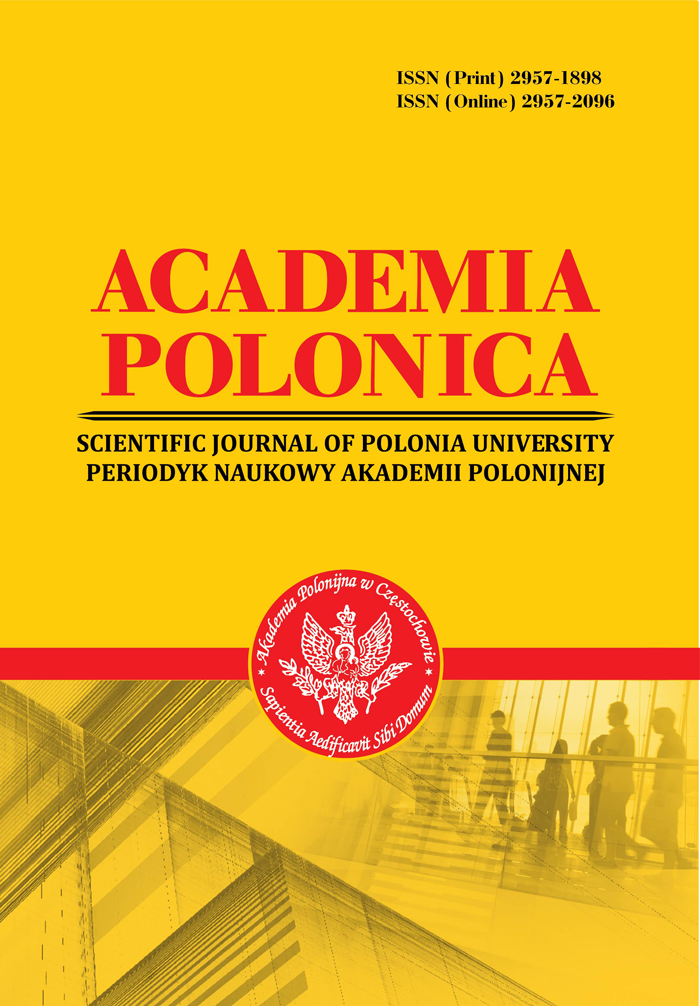THE MAIN LIVING CONDITIONS OF IXODID TICKS: VECTORS OF DANGEROUS INFECTIOUS AGENTS FOR HUMANS AND ANIMALS
Abstrakt
Ixodid ticks, as vectors of various dangerous infectious agents, are key players in the epidemiology of zoonotic diseases. These ticks transmit pathogens like Borrelia spp., Babesia spp., Rickettsia spp., Anaplasma spp., and others, which cause a variety of diseases in humans and animals (Dantas-Torres et al., 2012). Ticks are a significant public health threat, especially in regions where they are prevalent. The study of tick biology, ecology, and their interaction with physical and chemical environmental factors is crucial for understanding their life cycle and transmission potential (Sonenshine & Roe, 2013). This review highlights the factors affecting the survival of ticks, such as temperature, humidity, UV radiation, and their susceptibility to acaricides. Moreover, control methods and strategies are discussed to minimize the risks posed by tick-borne diseases.
Wykaz bibliografii
2. Brown, G. M., & Smith, M. L. (2020). Biology and ecology of Ixodid ticks. In R. S. Ticks (Ed.), Tick Vector and Tick-Borne Diseases (pp. 56–80). Springer.
3. Garcia, F. M., et al. (2019). Resistance of Ixodid ticks to acaricides: Mechanisms and perspectives for control strategies. Journal of Pesticide Science, 48(1), 16–22. https://doi. org/10.1584/jps.48.1.16
4. Kiewra, D., et al. (2021). Ecological factors and their effect on tick behavior and survival. Veterinary Parasitology, 145(3), 173–180. https://doi.org/10.1016/j.vetpar.2021.03.001
5. Lafontaine, F., et al. (2017). The role of vegetation and habitat modification in tick control. Ecological Applications, 27(5), 1312–1323. https://doi.org/10.1890/16-1063.1
6. Lindgren, E., & Gustafson, R. (2021). Ticks and tick-borne diseases in Europe. In G. R. Hall, S. M. Moritz (Eds.), Global Vector Ecology and Control (pp. 232–257). Cambridge University Press.
7. McCoy, C. D., et al. (2016). Resistance mechanisms in ticks exposed to acaricides. Experimental and Applied Acarology, 69(2), 245–257. https://doi.org/10.1007/s10493-016-0045-4
8. Ogden, N. H., et al. (2016). Ticks and tick-borne diseases: Risk and control measures. Acta Parasitologica, 61(1), 1–8. https://doi.org/10.1515/ap-2016-0002
9. Pasquale, A., et al. (2020). Genetic approaches to tick control: Novel strategies and challenges. Insects, 11(3), 147. https://doi.org/10.3390/insects11030147
10. Peri, M. A., et al. (2018). Environmental factors influencing tick abundance and distribution. Environmental Entomology, 47(2), 318–327. https://doi.org/10.1093/ee/nvx233
11. Pugliese, A., & Della Torre, A. (2017). Ecology of ticks and their role as disease vectors in Europe. In A. E. Kocsis (Ed.), Emerging Infectious Diseases (pp. 71–87). Springer.
12. Rizzoli, A., et al. (2020). Impact of climate change on the spread of tick-borne diseases. Frontiers in Public Health, 8, 238. https://doi.org/10.3389/fpubh.2020.00238
13. Salkeld, D. J., et al. (2019). Role of wildlife in tick-borne disease dynamics: Implications for control. Emerging Infectious Diseases, 25(3), 523–531. https://doi.org/10.3201/ eid2503.180974
14. Vial, H. J., et al. (2017). Innovative approaches for tick control: A review of biological control methods. Insect Science, 24(6), 1091–1100. https://doi.org/10.1111/1744-7917.12421
Abstract views: 114 PDF Downloads: 21







